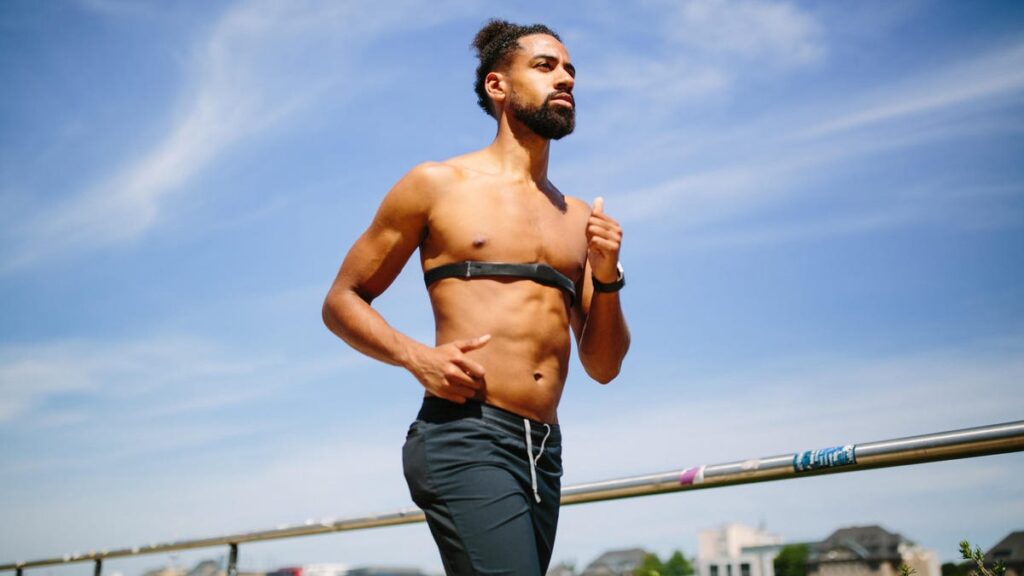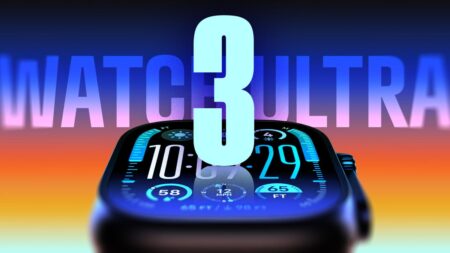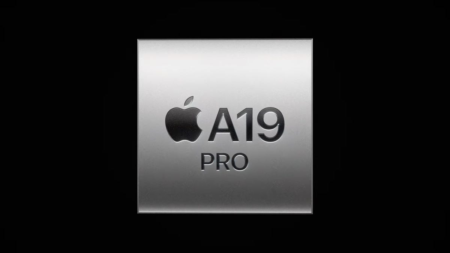When it comes to choosing the best heart-rate monitor chest strap for your workout, many of the factors in your buying decision will be based on personal preferences and your workout regimen. Here are a few things to look at while shopping.
Activity type: Before you buy a chest strap heart-rate monitor, you’ll want to determine what type of activity you will be doing while wearing it. Most are suitable for a range of cardio activities, from running to cycling, but not all would work for swimming, for example.
Price: Decide how much you’re willing to spend on a chest strap heart-rate monitor. You can find reliable ones for under $50, but if you want all the bells and whistles, you can expect to spend over $150.
Battery life: Determine how important battery life is to you and how often you want to charge or replace it. Some chest strap heart-rate monitor batteries can last over a year, while others can last around 500 hours. Battery life will vary per device and how often you use it.
Connectivity and third-party apps: Decide if you will be connecting the heart-rate monitor to your smartphone or if you plan on connecting it to other devices. This will influence whether you want it to have ANT Plus or Bluetooth connectivity. Most come with both, but it’s still important to check.
Strap width: Before you buy, consider whether you’d be more comfortable with a heart-rate tracker that uses a slim strap or a wider one.
Module size: Some chest straps use tiny modules (the plastic puck-like part) that don’t extend over the edges of the strap. Others, however, use larger monitors to measure your heart rate. Which style you choose to track your workout depends on your comfort preference.
Internal storage: If you don’t like to hold your smartphone during your workout, opt for a heart-rate training monitor that can store your data in its own built-in storage. You can later transfer your heart rate reading to your phone via your monitor’s companion app.
Metrics: Consider what you want to monitor during your workout. Higher-end models capture real-time data covering everything from run cadence to stride length, as well as things like blood pressure, calorie burn and heart-rate variability to help you reach your fitness goals, while more basic models might track only your heart rate.
Battery type: A wearable chest strap monitor can have all kinds of power sources. Some have a rechargeable battery. Others may have super-long battery life, but the battery isn’t user-replaceable or rechargeable. Longer battery life is always convenient but there are lots of options. Make sure to check the description for battery life before buying a monitor.
Chest strap vs. wrist-worn heart-rate monitors: Chest strap and wrist-worn heart-rate monitors are both used to measure heart rate, but they use different methods to provide readings.
Electrical heart-rate sensors, found most commonly in chest strap heart-rate monitors, can detect electrical currents produced by your heart, somewhat similarly to what is done at the doctor’s office with an ECG. These are considered the most accurate heart-rate readings because the electrical sensor can handle measuring your heart rate even during vigorous activity.
Optical heart-rate sensors use an LED light to track your pulse rate in the arteries as blood pumps through them. Optical heart-rate sensors are found in smartwatches and are useful for reading your heart rate while at rest or walking, but are less reliable for high-intensity activity because the readings can be distorted.
ANT Plus vs. Bluetooth: Most wrist-worn heart-rate monitors like the Apple Watch use Bluetooth, which only lets you connect to one device. For example, if you’re recording an outdoor run, you can only connect your Apple Watch to your iPhone.
ANT Plus technology lets you wirelessly connect to multiple devices at once. This is a good option for athletes who are trying to track data from multiple sources. You can find this form of technology on devices like chest strap heart-rate monitors, indoor or outdoor bike computers and some smartwatches.
If you’re planning on using a device that uses only ANT Plus technology and you want to connect it to your smartphone, know that some Androids have ANT Plus technology capabilities, while iPhones do not. To find out if your device is capable of connecting to your Android, you have to find the ANT Plus Plugins app in the Google Play store and browse its compatible device directory. If you have an iPhone or an Android that can’t connect to your ANT Plus device, you will need an adapter to add to your phone.
Most people prefer the Bluetooth option because it connects faster and it’s easily found on most devices. The good news is there are many heart-rate monitors that include both ANT Plus and Bluetooth to make the user experience easier.
Read the full article here

















